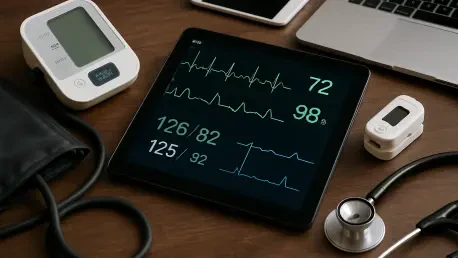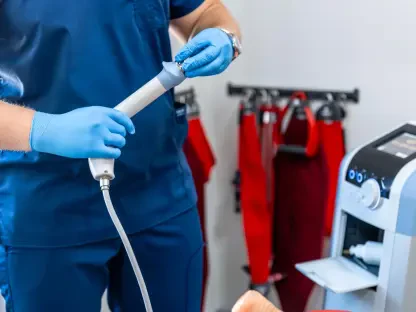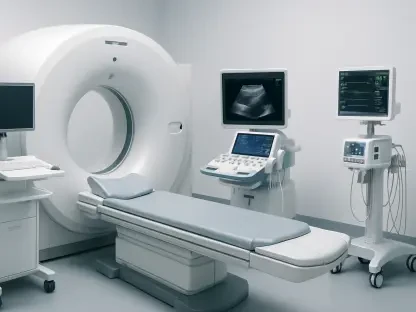Imagine a healthcare system where patients with chronic conditions no longer need to make frequent hospital visits, yet their health is closely monitored in real time, leading to better outcomes and reduced costs. This vision is becoming a reality in the United States, thanks to the rapid adoption of remote patient monitoring (RPM), a technology-driven approach that allows healthcare providers to track patient data outside traditional clinical settings. Federal policies, particularly those from the Centers for Medicare and Medicaid Services (CMS), are playing a pivotal role in this transformation by making RPM a reimbursable service. These initiatives are not only expanding access to care but also addressing critical challenges like staffing shortages and rising healthcare expenses. As supportive regulations evolve, they are paving the way for RPM to shift from a niche tool to a standard component of modern medical practice, promising significant improvements in patient care and system efficiency.
Federal Policies Paving the Way for RPM Growth
The momentum behind remote patient monitoring stems largely from strategic federal policies designed to integrate technology into healthcare delivery. CMS has been at the forefront, introducing reimbursement codes that allow providers to bill for RPM services, thereby incentivizing adoption across hospitals and clinics. Looking ahead, proposals set for implementation in the coming years, such as those for 2026, aim to broaden coverage to include shorter monitoring durations and brief clinical check-ins. These changes are crafted to align with the practical needs of patients, ensuring that even those requiring minimal oversight can benefit from remote care. Such policies are particularly vital for health systems under strain, as they reduce the burden on overworked staff while maintaining high-quality care standards. Moreover, federal initiatives are complemented by substantial investments, like the $50 billion Rural Health Transformation Program, which seeks to bridge access gaps in underserved areas, making RPM a feasible option for a wider population.
Impact and Challenges of RPM Adoption
The tangible benefits of remote patient monitoring are already evident in partnerships between health systems and digital health vendors. For instance, collaborations have led to remarkable outcomes, such as a 50% reduction in 30-day hospital readmissions for patients with congestive heart failure at certain facilities. By leveraging connected devices like blood pressure cuffs and scales, integrated with user-friendly apps, nurses can monitor real-time data and intervene swiftly when issues arise, while patients gain access to educational resources that empower them to manage their conditions. However, challenges persist, notably in ensuring equitable access. Limited broadband availability and low digital literacy remain significant barriers, particularly for high-risk groups in rural or economically disadvantaged areas. While policy support and vendor innovation are addressing these hurdles, the journey toward universal RPM implementation requires sustained effort. Reflecting on past achievements, it’s clear that federal backing was instrumental in scaling these solutions, setting a foundation for future progress in transforming healthcare delivery.









